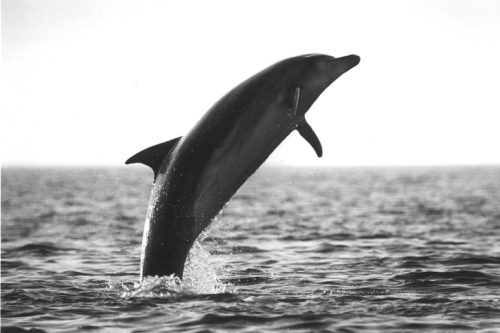
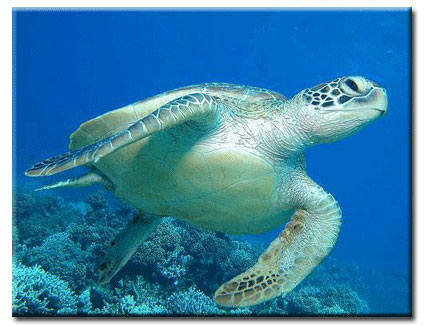
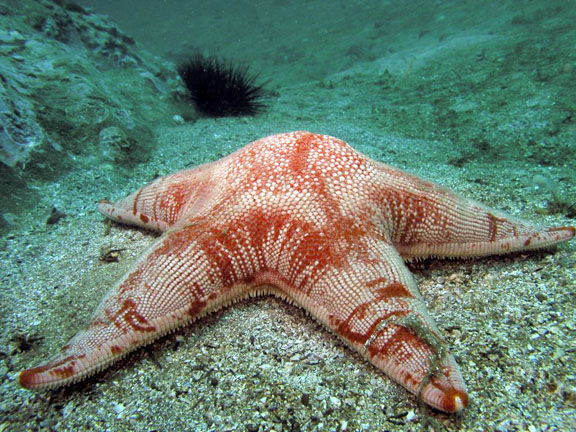
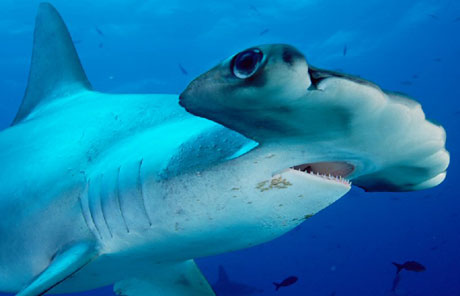
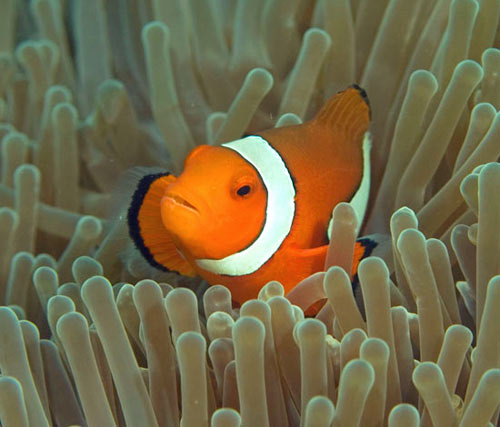
INTRODUCTION
This site will tell you about the following:
- Animals
- Plants
- Climate

This web page will give you information on the marine biome. It is the largest of all the biomes covering three fourths of the earth's surface. It has one of the largest selections of different fish and animals. It also provides the world with a great amount of food.
ANIMALS
The marine biome covers three fourths of the earth and there are hundreds of different fish to cover each square foot of it. The main kinds of animals in the sea are whales, dolphins, sharks, and seals which are some of the most popular kinds of sea mammals. Other kinds of animals and fish that live in the sea are the walrus, star fish, eel, crabs, jelly fish, and fresh and salt water fish, but this is just a small list compared to the many different kinds of fish that inhabit the marine biome. In general these fish have about five different adaptations. These adaptations include sleek bodies to cut down on friction when swimming through the water, gills to allow them to breath underwater, eyes on the sides of their heads so they can see enemies coming, fins to help them swim faster, and they have color coded skin to help them hide from their enemies. Most of the small fish are herbivores and the larger ones are carnivores.
PLANTS
Kelp is a plant that grows in the ocean. Its leaves are great brown blades that grow up to 50 feet long and can grow to more than 100 feet long below the surface of the ocean. Laminderia is another type of kelp found along rocky shores. It can grow 15-20 feet long, but it is usally much smaller.
Kelp houses a variety of sea creatures including tiny barnicles and inch wide sea-anemonies. These animals cling to the steam of the kelp plant near the ocean floor at the bottom of the kelp forest. At the base of the kelp forest are sponges, red and yellow starfish, muscles and clams.
CLIMATE
When it comes to the marine biome, climate doesn't really effect it much. It is warmer as you get closer to the equator and it is colder as you get closer to the poles. Even though the climate doesn't effect the marine biome, the marine effects the mainlands climate a lot. Its currents affect all the coastal areas. Another way the marine affects the coastal areas are the winds, depending upon the temperature of the water, the winds usually match that temperature.
 
|